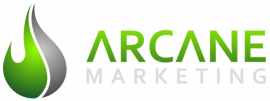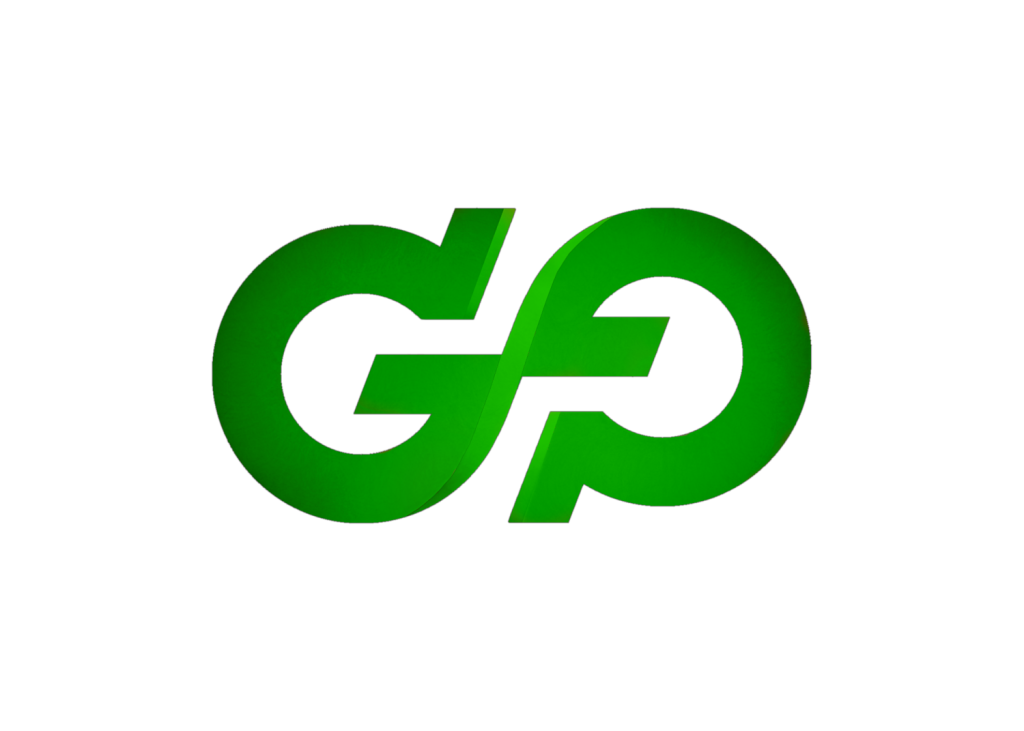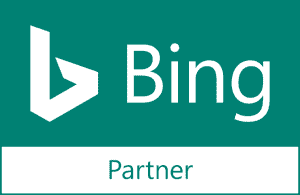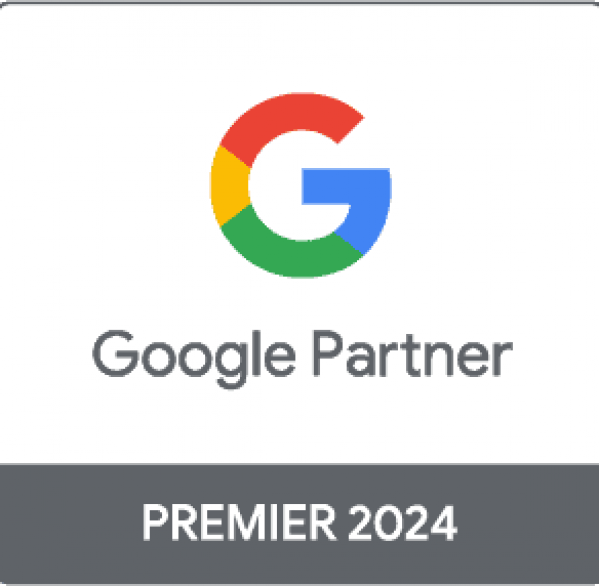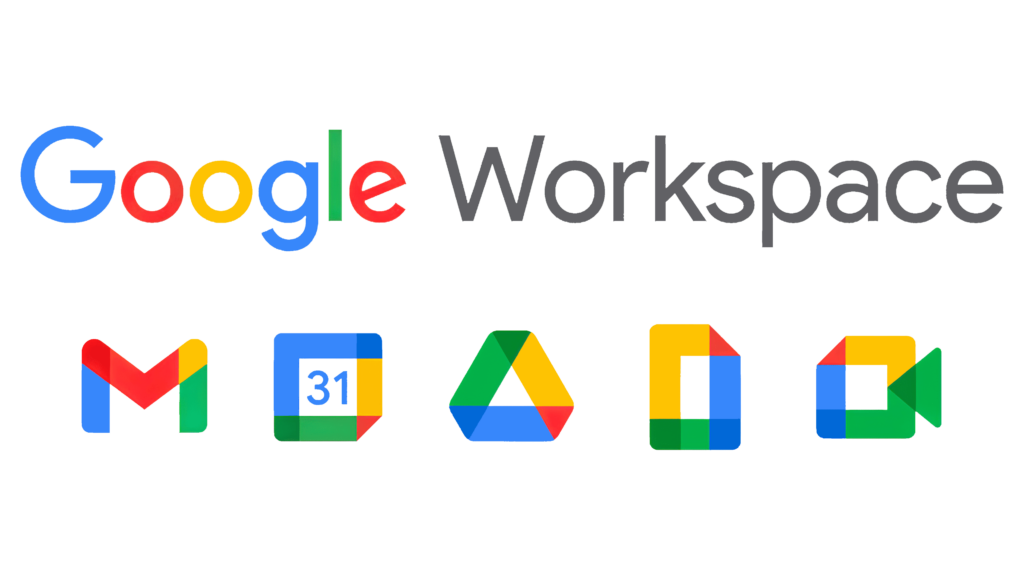We know that content is a major factor in the success of any online marketing plan. However, not all content is created equal. In this post, we’ll go over an aspect of your content that can give your page a boost when used properly — heading tags. Yeah, we know this is not the most exciting topic in the world, but the difference between a good heading tag and a bad one can be what gets your site noticed. And getting noticed is always exciting.
 A heading tag is an HTML (hypertext markup language used by websites to create web pages) tag that identifies the headings and subheadings in your content. This is what sets them apart from the plain paragraph text that will likely be the vast majority of the content on a given page.
Heading tags are given one of six designations, H1-H6. In general, an H1 is the most important and is normally used for the main heading of your page. On this page, the H1 tag is “Heading Tags For SEO”. The H2-H6 tags are typically used to create a page layout that is user-friendly. H2 tags are good to use with headings that signal a new section of the content. H2 tags on this page are “What Are Heading Tags?”, “How To Format Heading Tags”, etc.
Why Are Heading Tags Important For SEO?
The proper usage on an H1 tag is an important part of your SEO for each page. On the flip side, poor use of your H1 tags can be a roadblock that impedes your traffic and prevents your site from moving up in the rankings. Why are they so important?
A heading tag is an HTML (hypertext markup language used by websites to create web pages) tag that identifies the headings and subheadings in your content. This is what sets them apart from the plain paragraph text that will likely be the vast majority of the content on a given page.
Heading tags are given one of six designations, H1-H6. In general, an H1 is the most important and is normally used for the main heading of your page. On this page, the H1 tag is “Heading Tags For SEO”. The H2-H6 tags are typically used to create a page layout that is user-friendly. H2 tags are good to use with headings that signal a new section of the content. H2 tags on this page are “What Are Heading Tags?”, “How To Format Heading Tags”, etc.
Why Are Heading Tags Important For SEO?
The proper usage on an H1 tag is an important part of your SEO for each page. On the flip side, poor use of your H1 tags can be a roadblock that impedes your traffic and prevents your site from moving up in the rankings. Why are they so important?
 Do you want to have successful heading tags? Keep these tips in mind.
Do you want to have successful heading tags? Keep these tips in mind.
What Are Heading Tags?
 A heading tag is an HTML (hypertext markup language used by websites to create web pages) tag that identifies the headings and subheadings in your content. This is what sets them apart from the plain paragraph text that will likely be the vast majority of the content on a given page.
Heading tags are given one of six designations, H1-H6. In general, an H1 is the most important and is normally used for the main heading of your page. On this page, the H1 tag is “Heading Tags For SEO”. The H2-H6 tags are typically used to create a page layout that is user-friendly. H2 tags are good to use with headings that signal a new section of the content. H2 tags on this page are “What Are Heading Tags?”, “How To Format Heading Tags”, etc.
Why Are Heading Tags Important For SEO?
The proper usage on an H1 tag is an important part of your SEO for each page. On the flip side, poor use of your H1 tags can be a roadblock that impedes your traffic and prevents your site from moving up in the rankings. Why are they so important?
A heading tag is an HTML (hypertext markup language used by websites to create web pages) tag that identifies the headings and subheadings in your content. This is what sets them apart from the plain paragraph text that will likely be the vast majority of the content on a given page.
Heading tags are given one of six designations, H1-H6. In general, an H1 is the most important and is normally used for the main heading of your page. On this page, the H1 tag is “Heading Tags For SEO”. The H2-H6 tags are typically used to create a page layout that is user-friendly. H2 tags are good to use with headings that signal a new section of the content. H2 tags on this page are “What Are Heading Tags?”, “How To Format Heading Tags”, etc.
Why Are Heading Tags Important For SEO?
The proper usage on an H1 tag is an important part of your SEO for each page. On the flip side, poor use of your H1 tags can be a roadblock that impedes your traffic and prevents your site from moving up in the rankings. Why are they so important?
- Heading tags help the search engines to read and understand the content that is properly organized. If there are issues with your content structure, search engines won’t be able to maximize the impact of your content.
- Heading tags help the reader of the content make their way through the page and better understand the content.
Where Are Heading Tags Placed In A Landing Page
As previously stated, your H1 heading tag should be located at the top of the page and will be the title of the content on that page. Tags ranging from H2-H6 can be used in a variety of ways throughout the content on a landing page.How To Structure Your Heading Tags
The way you structure your page of content with heading tags impacts the way the user interacts (or doesn’t) with your page. And user interaction is becoming increasingly important for SEO and rankings. Here’s an example of how you might structure the content on your page with heading tags. Let’s say you are building a page for the services offered by a plumber. Your keyword might be Idaho Falls plumbing services. Your content would include all of the specific services the plumber offers. There are a lot! Without placing appropriate headings throughout the content — you’ll have something that looks long and boring and most people won’t even bother to look at it. However, a logical layout and structure will take care of that problem. H1: Idaho Falls plumbing services H2: Residential plumbing services H3: Emergencies H3: Toilet Repairs H3: Drain Cleaning H3: Garbage Disposals H3: Septic Tanks H3: Water Heaters H2: Commercial plumbing services H3: Emergencies H3: Toilet Repairs H3: Drain Cleaning H3: Garbage Disposals H3: Septic Tanks H3: Water Heaters These are just a few of the services that are offered by plumbers, but it gives you an idea of how you might layout the page. You could take it a step further with an H4 that discusses the cost and specifics of each service. This format will help you stay organized — not only with the way you layout the page — but it can help as you are writing the content too. Plus, you will have plenty of ways to naturally include the keyword you are trying to rank for.Heading Tag Don’ts
Just as much as a good heading tag can help, a bad heading tag is a waste of time and opportunity. Here are some things to avoid when using your heading tags.- Don’t — Use the same heading tag on every page. You want each of your pages to be unique so search engines and users can easily distinguish what page is about what topic.
- Don’t — Use headers just for the size/look of the text. There are other ways to change the font size and other features.
- Don’t — Go crazy with heading tag use. Use them when appropriate and it makes sense. Too many and unnecessary tags will look bad and confuse search engines and users.
Great And Not So Great Heading Tags
 Do you want to have successful heading tags? Keep these tips in mind.
Do you want to have successful heading tags? Keep these tips in mind.
- On every page, you should be sure to use a unique H1 tag that will identify the topic of the content on the page. The tag should include the keywords you are trying to rank that page for.
- Make your H1 tags between 20 and 70 characters. Use the words and phrases that people are going to be searching for and make it make sense.
- For tags H2-H6, keep them organized in a way that is clear and appropriate. In most cases, you don’t need to use them all on one page. Mix it up and make it look good. This is a good place to use variations of the keywords for that page.
- Search engines are getting better and better at understanding the content on the page. You do not need to fill your content with keyword after keyword after keyword. Do it in a way that is readable for the user while clearly maintaining the topic of the content.
- Good: How an Idaho Falls plumber can save you money
- Bad: Plumber Idaho Falls
Conclusion
Do yourself a favor and pay attention to how you use heading tags for your website. It may seem like a small thing, but those small things tend to add up. Do them all properly and your efforts will be rewarded. For more information about how SEO can help to rocket your online marketing results to the top of Google search, please contact us today to schedule a free online marketing consultation.Contact Us
"*" indicates required fields
